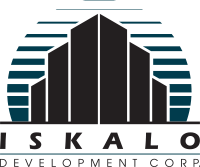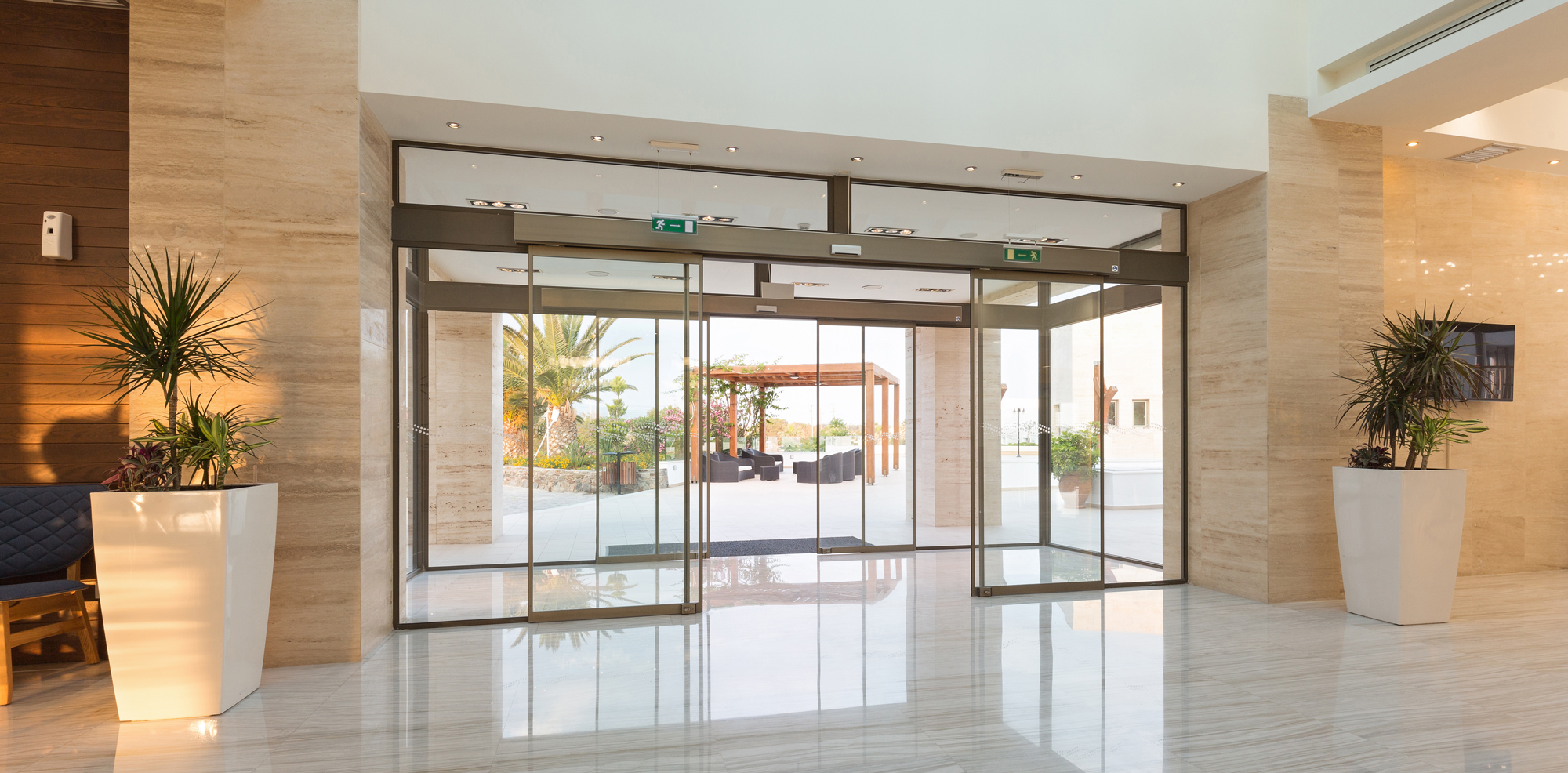People are diverse and it’s important that building development acknowledges the distinct needs every walk of life requires. Of course, it isn’t always easy building a site that meets the needs of every person who might visit. However, recognizing the importance of creating a universally accessible building design is the first step. Understanding universal design standards helps support a wider population while meeting the vast needs of those visiting your building.
Universal Design vs. Accessible Design
The word accessibility is used often when it comes to creating a space that caters to those with disabilities. A word that goes hand-in-hand with accessible design is independence. When following accessibility protocol for your site, the goal is to make it so the services and materials you offer can be independently used by anyone with a unique set of needs and abilities. The focus for accessible design is creating products and structures that provide assistance to those with specific physical, visual, hearing, and cognitive needs.
Universal design supports accessible design, but has a slightly different focus. Universal design provides assistance to those with disabilities, but also focuses on lifestyle elements and human characteristics. Some of the elements universal design standards focus on are of parents, young children, different races and cultures, language barriers, age, and gender.
Components of Universal Design
Comfort and Fit
Taking into consideration the size of each space in your building is important when it comes to designing a comfortable, universal site. Doorways need to accommodate people of all sizes and heights as well as those who use wheelchairs and mobility supports. Hallways and corners need to also be discussed when aiming to meet universal design standards. The comfort element is important when designing a space comfortable for those with visual, hearing, and cognitive needs. If an alarm were to sound, there should be lights guiding those with hearing needs in a safe direction. There should be tactile signs and structures nearby for those with visual disabilities as well as those who find comfort in sensory support.
Cultural Awareness
While accessible design focuses on those with disabilities, universal design standards take culture, race, and ethnicity into consideration. This preparation starts before a physical structure is even built and workers enter the worksite. Going through cultural training where team members treat everyone with dignity and respect is crucial when creating a culturally aware environment. This also goes for those who are in the LGBTQ+ community. Having bathrooms available to those who identify as part of the community supports a comfortable, culturally appropriate atmosphere.
Workplace Layout
Since working individuals range from the age of sixteen to those in their sixties or seventies, it is ideal that every age is accounted for when taking universal accessibility guidelines into account. Creating a welcoming, comfortable environment for those of all ages and abilities to work in may seem like a tough goal, but it is definitely a goal worth working toward.
This can start by utilizing both sitting and standing desks with a variety of supportive chairs available. If your office has snacks available, try having a wide assortment that vegetarians, vegans, gluten-free, and lactose-free workers can all enjoy. Incorporating a relaxing space for staff that has a couch, greenery, and natural light can improve the morale and wellbeing of those occupying the building.

